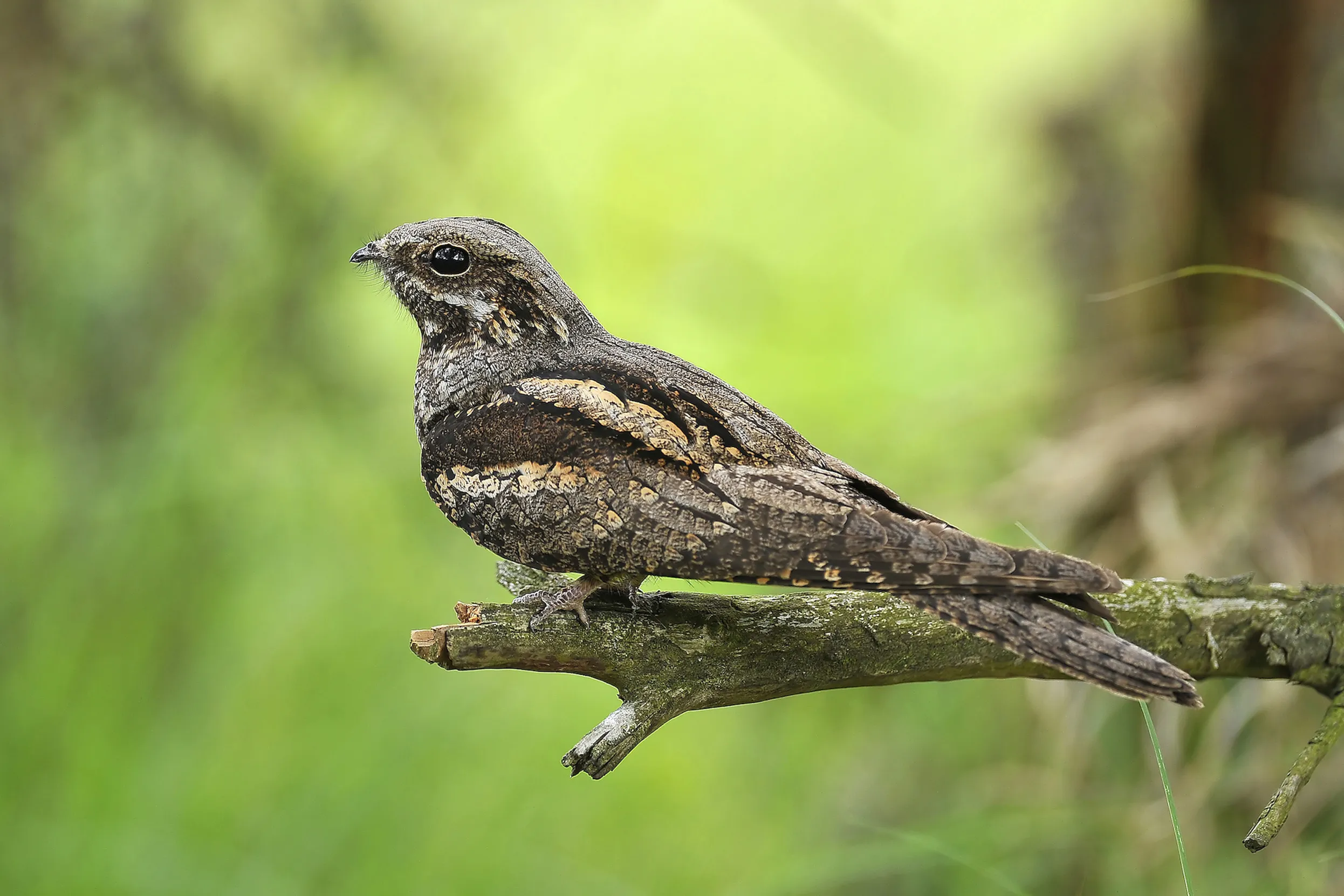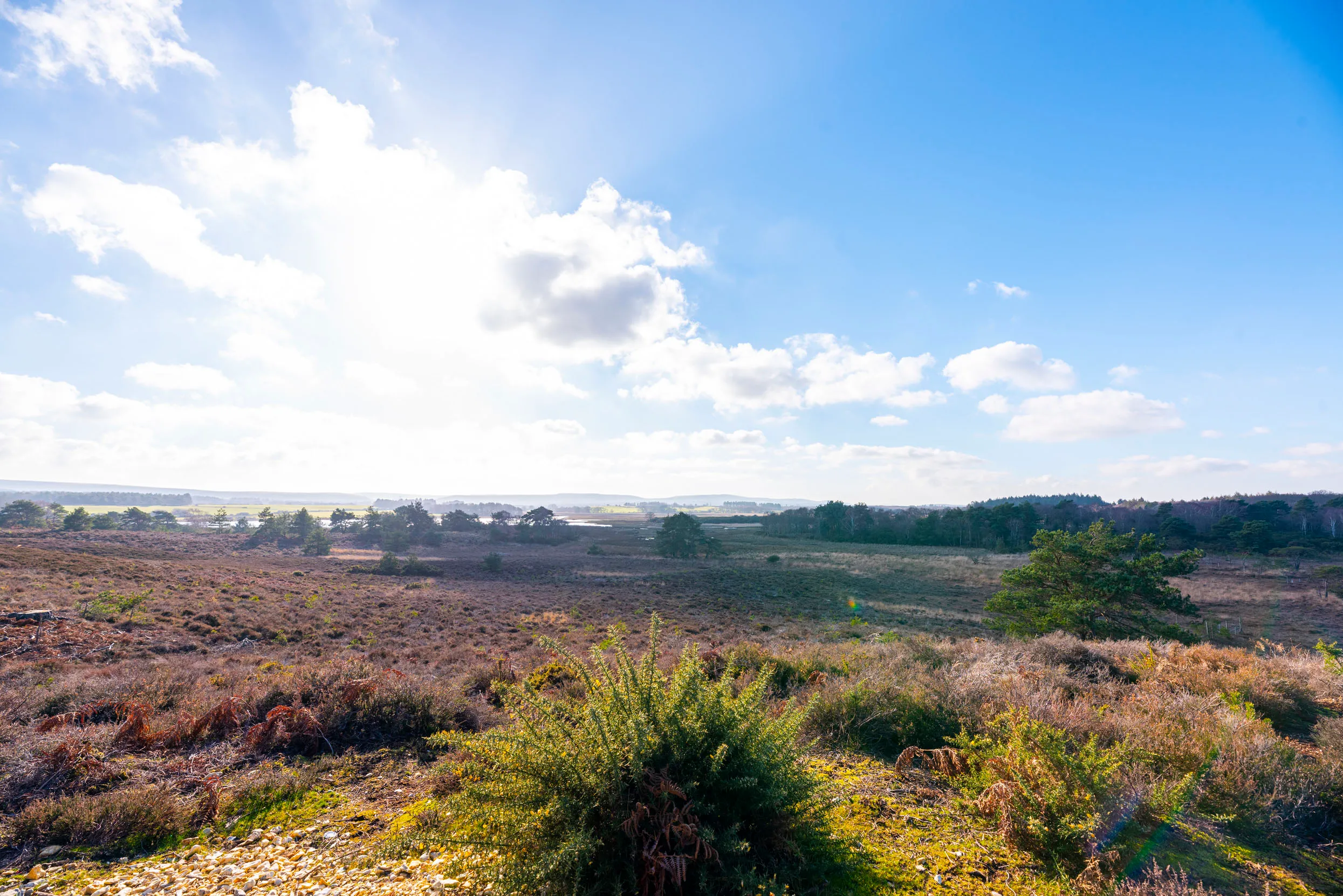Nightjars are a summer visitor here and they make us wait. They’re usually one of the last migrants to arrive in late April and May, with most travelling up from the scrub grasslands of the Democratic Republic of Congo.
They come here to breed on heathlands, moorlands, woodland clearings and in recently felled conifer plantations. They’re most numerous in southern England but are also found in parts of Wales, northern England and southwestern Scotland.
By late August and September most Nightjars have left the UK, heading back over mountains, seas and desert to their Sub-Saharan wintering grounds.





